I have a simple azure function (Authorization level set to Anonymous) with an HTTP trigger
public static async Task<IActionResult> Run(HttpRequest req, ILogger log)
{
return new OkObjectResult("This is a response from secured function.");
}
I want to secure it with Managed Identities, so I turned on system-assigned identity

And in my AD enterprise app registration, I can see created a system-assigned identity so I copied its Application ID value

and for testing purposes, I want to trigger it from another azure function
public static async Task<IActionResult> Run(
[HttpTrigger(AuthorizationLevel.Anonymous, "get", "post", Route = null)] HttpRequest req,
ILogger log)
{
var clientID = {application / client ID of system identity}
var azureServiceTokenProvider = new AzureServiceTokenProvider();
var accessToken = await azureServiceTokenProvider.GetAccessTokenAsync(clientID);
// Call secured azure function
using (var client = new HttpClient())
{
client.BaseAddress = new Uri("https://my-secured-function.azurewebsites.net");
client.DefaultRequestHeaders.Authorization = new AuthenticationHeaderValue("Bearer", accessToken);
var response = await client.GetAsync("/api/HttpTrigger1");
if (response.IsSuccessStatusCode)
{
var result = await response.Content.ReadAsStringAsync();
return new OkObjectResult(result);
}
else
{
return new OkObjectResult("Error - " + response.StatusCode);
}
}
}
The code works, it generates & sends a token within the HTTP request. However, the "secured" azure function is still publicly available.
The question is how can I protect the "secured" azure function, so it can be triggered only with an HTTP request with a generated token using managed identities.
